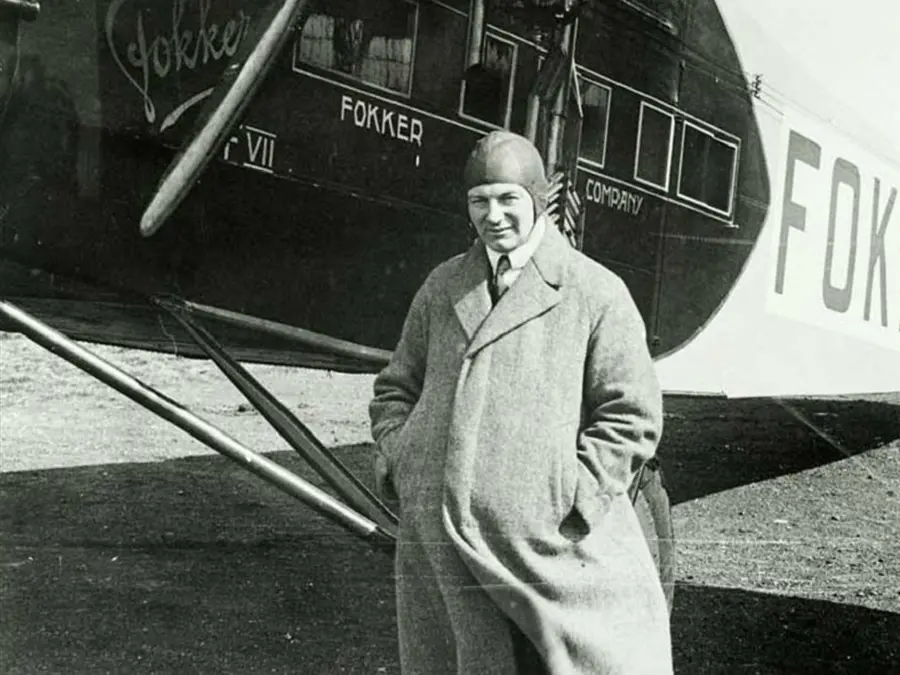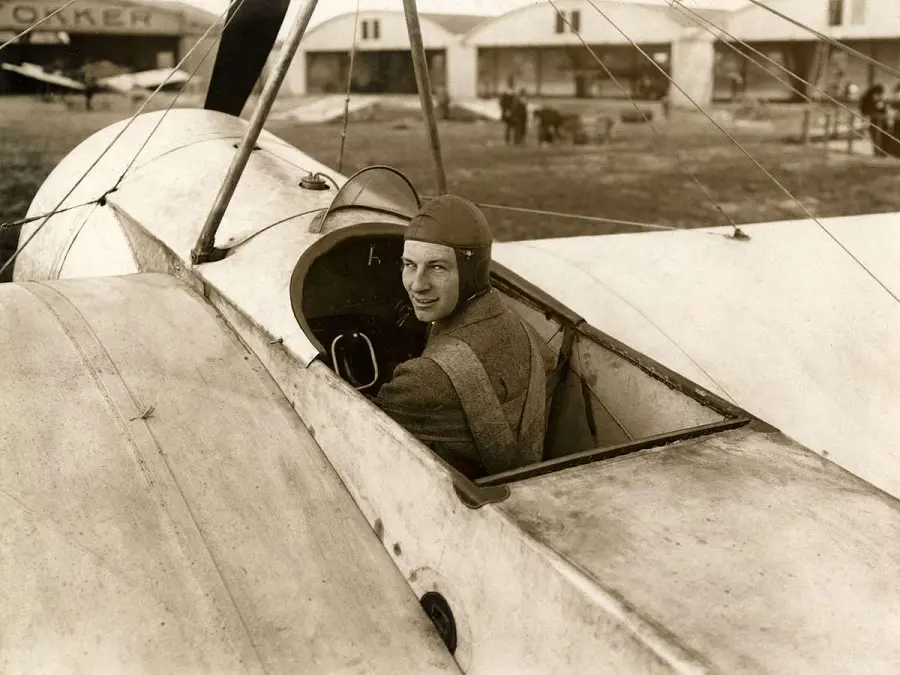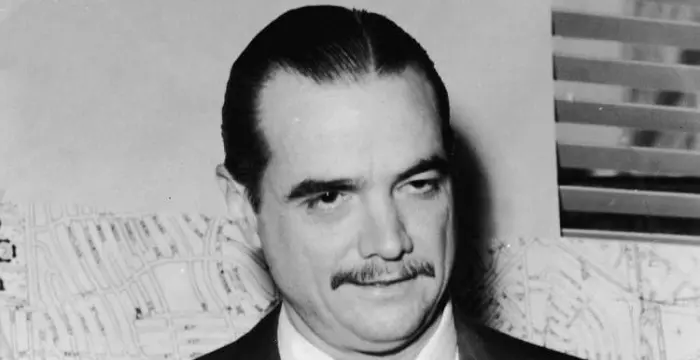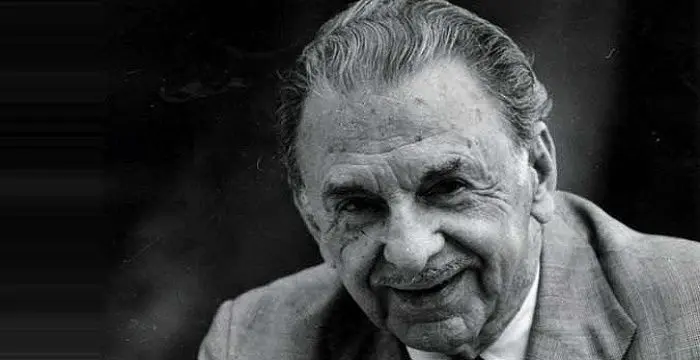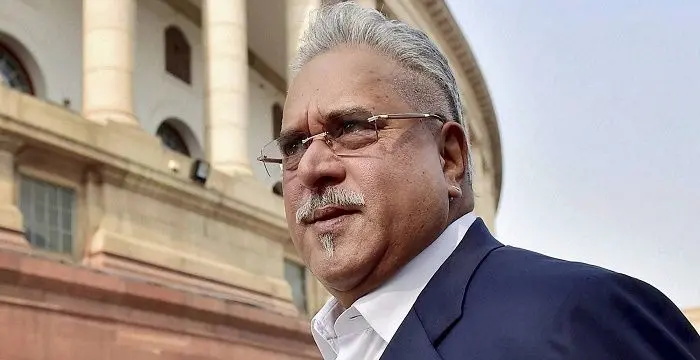
Anthony Fokker - Aviation Pioneer, Timeline and Facts
Anthony Fokker's Personal Details
Anthony Fokker was a Dutch innovator and industrialist who contributed greatly to the world of aviation
| Information | Detail |
|---|---|
| Birthday | April 6, 1890 |
| Died on | December 23, 1939 |
| Nationality | Dutch |
| Famous | Aviation, Engineers, Aviation Pioneer, an Aircraft Manufacturer |
| Hobbies | Building wooden model aircraft |
| Spouses | Sophie Marie Elisabeth von Morgen, Violet Austman |
| Known as | Anton Herman Gerard Fokker |
| Founder / Co-Founder |
|
| Discoveries / Inventions |
|
| Birth Place | Kediri, East Java |
| Gender | Male |
| Sun Sign | Aries |
| Born in | Kediri, East Java |
| Famous as | Dutch aviation pioneer and an aircraft manufacturer |
| Died at Age | 49 |
Anthony Fokker's photo
Who is Anthony Fokker?
Anthony Fokker was a Dutch innovator and industrialist who contributed greatly to the world of aviation during the early 1900s. Interested in aeroplane mechanics from an early age, Fokker began designing and constructing exceptional aircrafts as early as in his twenties. He became an entrepreneur in the aircraft industry only two years after building his first prototype. After a bold exhibition on a German Army base, he began his business with the German military. Soon after the start of World War I, Fokker’s planes were in high demand by the Imperial military. He designed several state of the art machines that gave German fighter pilots an advantage over the basic aircrafts being flown by their rivals. When the war came to a close, he shifted into the commercial industry as it was just beginning to bloom in the United States. He greatly contributed to the commercial aviation industry before selling his business to General Motors. He was arguably one of the most skilled pilots of his time, as well as an aeronautical genius.
Childhood & Early Life
Anthony Fokker was born on April 6th, 1890 in Kediri, the Dutch East Indies (now known as Indonesia).
Herman Fokker, his father, was a Dutch coffee plantation owner in the Dutch East Indies at the time of his birth. Looking to provide his children with a Dutch upbringing, Herman moved his two children home to the Netherlands and settled in Haarlem.
Fokker was disinterested in schooling during his youth. This led him to leave high school before completing his education.
He showed an early interest in mechanics. He preferred making things and experimenting with different aeroplane designs.
After hearing about the Wilbur Wright flight exhibitions in France, in 1908, he developed an interest in aeroplanes. He began to focus his designs on aircrafts.
Career
In 1910, he was sent to the ‘Bingen Technical School’ in Germany by his father to train as an automobile mechanic. However, he transferred to ‘Erste-deutsche Automobile-Faschschule’ in Mainz due to his interest in aircraft mechanics.
In 1910, Fokker designed and built his first plane, called ‘Die Spinne’ (The Spider), an open monoplane. Shortly after construction, the plane was destroyed when his business partner flew it into a tree.
The unfortunate destruction of his ‘Die Spinne’ aircraft led to the building of a second prototype, simply called ‘Spin.’ He used this aircraft to acquire his own pilot’s license.
On August 31, 1911, he came into limelight by flying his third version of the ‘Spin’ aircraft around the Sint-Bavokerk tower in Haarlem. The date coincided with Queen Wilhlmina’s birthday, adding to the public attraction.
With his father’s financing, he moved to Johannisthal, close to Berlin, and founded his first company called ‘Fokker Aeroplanbau.’
Johannisthal was a mecca of aircraft factories and enthusiasts. In order to get the upper hand, he towed the parts of one of his Scout plane models to a nearby German military base. Once outside, he assembled the plane and was airborne in only a few minutes. This impressed German army officials, who ordered two planes on the spot.
At the start of World War I in 1914, the German government assumed control of the newly founded company. They kept Fokker on as director and designer for the ‘Luftstreitkrafte’, the ‘Imperial German Air Service.’
During the war, Fokker delivered over 700 military planes to the German government. These aircrafts included the ‘Fokker Eindecker’ and the infamous tri-plane, the ‘Fokker Dr. I’, which was flown by Manfred Von Richthofen (‘The Red Barron’).
In 1915, Fokker developed a Scout plane with a mechanism that would coordinate the firing of the mounted machine gun with the rotation of the propeller. This mechanism ensured that the bullets would never impact the propeller function. After a successful piloting by Max Immelmann, the famous German fighter pilot, the Germans ordered mass quantities to be put into battle.
After the German surrender at the end of the First World War, in accordance with the Treaty of Versailles, liquidation of Fokker’s factories was ordered. To avoid losing everything, he smuggled hundreds of his designs into Holland. He re-launched his factory in Veere, calling it the Nederlandse Vliegtuigenfabriek (Dutch Aircraft Factory).
In 1927, he began working in the United States when his tri-motor aircrafts controlled the early commercial flight industry. He founded the ‘Atlantic Aircraft Company’.
The ‘Atlantic Aircraft Company’ became the ‘General Aviation Corporation’ in 1931, when Fokker sold his aircraft plants to ‘General Motors.’
Major Works
Fokker introduced a fighter biplane in 1916 that included synchronized machine guns. This was in reaction to the French acquiring his earlier Scout model containing one machine gun and mechanism.
Fokker’s D-7 plane became one of the most maneuverable fighter planes available during the First World War. It was unanimously selected by German officials for a rush production and immediate deployment.
Fokker’s American-based factory produced the Fokker F-VII airplane named the ‘Josephine Ford’, after Henry Ford’s granddaughter. This plane was flown over the North Pole by Lieutenant Commander Richard Byrd and Floyd Bennett on May 9th, 1926.
Personal Life & Legacy
Fokker married Sophie Marie Elisabeth Von Morgen on March 25th, 1919. Their marriage ended in divorce only four years later.
He remarried in 1927. His second wife was Canadian Violet Eastmen. Two years later he became a widower, after his wife fell from their hotel suite window. The police report originally cited suicide, but was adjusted to read vertigo victim as per Fokker’s request.
Fokker died of pneumococcal meningitis, on 23 December 1939, at the age of 49, in New York City
// Famous Engineers
Pietro Boselli
Pietro Boselli is an Italian model, engineer, teacher, and fitness athlete who became famous as the ‘world’s sexiest math teacher’. Check out this biography to know about his birthday, childhood, family life, achievements and fun facts about him.
Satya Nadella
Satya Nadella is the current CEO of Microsoft. This biography provides detailed information about his childhood, profile, career, net worth & timeline
Robert Hawking
Robert Hawking is a British software engineer, better known as the eldest son of the English theoretical physicist, cosmologist, and author, Stephen Hawking. Let’s take a look at his family, personal life, career and other interesting facts.
Anthony Fokker biography timelines
- // 6th Apr 1890Anthony Fokker was born on April 6th, 1890 in Kediri, the Dutch East Indies (now known as Indonesia).
- // 1908After hearing about the Wilbur Wright flight exhibitions in France, in 1908, he developed an interest in aeroplanes. He began to focus his designs on aircrafts.
- // 1910In 1910, he was sent to the ‘Bingen Technical School’ in Germany by his father to train as an automobile mechanic. However, he transferred to ‘Erste-deutsche Automobile-Faschschule’ in Mainz due to his interest in aircraft mechanics.
- // 1910In 1910, Fokker designed and built his first plane, called ‘Die Spinne’ (The Spider), an open monoplane. Shortly after construction, the plane was destroyed when his business partner flew it into a tree.
- // 31st Aug 1911On August 31, 1911, he came into limelight by flying his third version of the ‘Spin’ aircraft around the Sint-Bavokerk tower in Haarlem. The date coincided with Queen Wilhlmina’s birthday, adding to the public attraction.
- // 1914At the start of World War I in 1914, the German government assumed control of the newly founded company. They kept Fokker on as director and designer for the ‘Luftstreitkrafte’, the ‘Imperial German Air Service.’
- // 1915In 1915, Fokker developed a Scout plane with a mechanism that would coordinate the firing of the mounted machine gun with the rotation of the propeller. This mechanism ensured that the bullets would never impact the propeller function. After a successful piloting by Max Immelmann, the famous German fighter pilot, the Germans ordered mass quantities to be put into battle.
- // 1916Fokker introduced a fighter biplane in 1916 that included synchronized machine guns. This was in reaction to the French acquiring his earlier Scout model containing one machine gun and mechanism.
- // 25th Mar 1919Fokker married Sophie Marie Elisabeth Von Morgen on March 25th, 1919. Their marriage ended in divorce only four years later.
- // 9th May 1926Fokker’s American-based factory produced the Fokker F-VII airplane named the ‘Josephine Ford’, after Henry Ford’s granddaughter. This plane was flown over the North Pole by Lieutenant Commander Richard Byrd and Floyd Bennett on May 9th, 1926.
- // 1927In 1927, he began working in the United States when his tri-motor aircrafts controlled the early commercial flight industry. He founded the ‘Atlantic Aircraft Company’.
- // 1927He remarried in 1927. His second wife was Canadian Violet Eastmen. Two years later he became a widower, after his wife fell from their hotel suite window. The police report originally cited suicide, but was adjusted to read vertigo victim as per Fokker’s request.
- // 1931The ‘Atlantic Aircraft Company’ became the ‘General Aviation Corporation’ in 1931, when Fokker sold his aircraft plants to ‘General Motors.’
- // 23rd Dec 1939Fokker died of pneumococcal meningitis, on 23 December 1939, at the age of 49, in New York City
// Famous Aviation
Howard Hughes
Howard Hughes was an American aviator, business tycoon, philanthropist and also a film maker. This biography explores his childhood, career, achievements and timeline.
J. R. D. Tata
J.R.D.Tata was an Indian businessman and aviator who founded TCS, Tata Motors and Air India. This biography of J.R.D.Tata provides detailed information about his childhood, life, achievements, works & timeline.
Vijay Mallya
Vijay Mallya is an Indian businessman and former politician. This biography provides information about his childhood, family, personal life, lifestyle, controversies, etc.
Anthony Fokker's FAQ
What is Anthony Fokker birthday?
Anthony Fokker was born at 1890-04-06
When was Anthony Fokker died?
Anthony Fokker was died at 1939-12-23
Where was Anthony Fokker died?
Anthony Fokker was died in Murray Hill
Which age was Anthony Fokker died?
Anthony Fokker was died at age 49
Where is Anthony Fokker's birth place?
Anthony Fokker was born in Kediri, East Java
What is Anthony Fokker nationalities?
Anthony Fokker's nationalities is Dutch
What is Anthony Fokker hobbies?
Anthony Fokker's hobbies is Building wooden model aircraft
Who is Anthony Fokker spouses?
Anthony Fokker's spouses is Sophie Marie Elisabeth von Morgen, Violet Austman
Which company or organization was founded by Anthony Fokker?
Anthony Fokker was the founder/co-founder of Atlantic Aircraft
What is Anthony Fokker's inventions/discoveries?
Fokker Is Often Credited With Having Invented The Synchronisation Device Which Enabled World War I Aircraft To Fire Through The Spinning Propeller. His Role Was Certainly Significant But There Were A Number Of Prior Developments Before The Result Was Achieved For Which Fokker Is Commonly Credited was invented (or discovered) by Anthony Fokker
What is Anthony Fokker's sun sign?
Anthony Fokker is Aries
How famous is Anthony Fokker?
Anthony Fokker is famouse as Dutch aviation pioneer and an aircraft manufacturer

